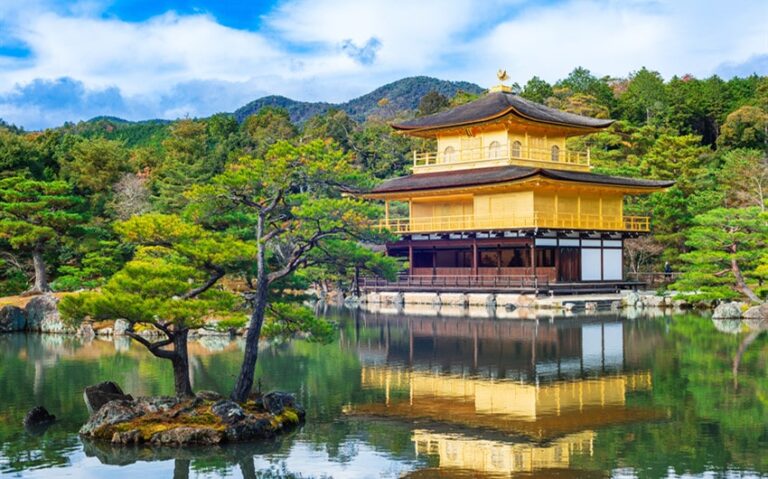Can You Take a Drone on a Plane? Rules, Tips, and What to Know
If you’re planning to travel with your drone, the good news is—you can bring it on a plane. But before you pack it into your bag and head to the airport, you’ll want to understand a few important rules. From lithium battery safety to carry-on restrictions and international laws, flying with a drone takes a little preparation. Here’s everything you need to know to take your drone on a plane safely and legally.
1. Can You Bring a Drone on a Plane? Yes, But There Are Rules
You are allowed to fly with your drone on most commercial airlines, both domestic and international. However, how you pack it—especially the batteries—makes all the difference. Drones with lithium-ion batteries fall under specific regulations because they pose a potential fire risk if not handled properly.
Most airlines allow drones in your carry-on baggage, and some also allow them in checked bags—but battery restrictions always apply. The FAA and TSA don’t ban drones, but you must follow guidelines for lithium batteries and check with your airline ahead of time for additional rules.
2. TSA Guidelines for Drones in the U.S.
The Transportation Security Administration (TSA) allows drones through airport security checkpoints, but how you pack it matters:
- Carry-on is recommended: TSA and most airlines prefer you pack your drone in your carry-on bag, especially to keep batteries safe.
- Remove batteries: If your drone uses removable lithium-ion batteries, take them out and store them in a separate, battery-safe case.
- Battery size matters: The FAA allows lithium-ion batteries up to 100 Wh (watt-hours) without restriction. You can also carry two spare batteries between 100–160 Wh with airline approval.
Make sure your drone batteries are protected from short-circuiting—store them in their original packaging or cover the terminals with tape.
3. Airline Policies Vary—Always Check Before You Fly
Each airline has its own policy regarding drones and batteries. Most will let you bring drones in carry-on luggage, but some may require special approval if your drone has high-capacity batteries or is particularly large.
Here’s a general guide:
- American, Delta, United: Drones allowed in carry-on. Spare batteries under 100 Wh are fine. Two spares up to 160 Wh may be permitted with approval.
- Southwest, JetBlue, Alaska: Drones allowed. Always check with staff if your drone uses multiple batteries.
- International airlines: Policies differ widely. Some airlines or countries prohibit drones entirely or require registration at customs.
Always check with your airline’s website or call customer service a few days before your flight to confirm their latest policy.
4. Packing Your Drone for Air Travel
When traveling with a drone, pack it like delicate camera equipment. Airlines may inspect your gear, so having it organized and protected is key:
- Use a hard-shell or padded case: A drone-specific backpack or hard case keeps it safe from bumps and jostling.
- Keep batteries in carry-on: Checked luggage isn’t suitable for lithium batteries. Store them in fireproof or battery-safe containers in your carry-on.
- Discharge batteries to 30–50%: This is safer for transport and may be required by some airlines.
- Bring manuals and paperwork: If TSA inspects your drone, having documentation helps avoid confusion.
5. Traveling Internationally with a Drone
If you’re taking your drone abroad, the rules don’t stop at the airport. Many countries have drone laws that are stricter than the U.S., and flying without permission can lead to fines or confiscation.
Before your trip:
- Research local drone laws: Some countries ban drones entirely, while others require you to register online or apply for a permit before arrival.
- Check customs restrictions: Some border agencies inspect drone gear and may seize unregistered or high-capacity drones.
- Download offline maps: GPS signal can be spotty overseas. Offline maps and no-fly zone apps help you fly responsibly.
Notable countries with strict drone laws include India, Egypt, Morocco, and Cuba. On the other hand, countries like Canada, Australia, and much of Europe allow drones with reasonable regulations.
6. What to Avoid When Flying with a Drone
To avoid delays, fines, or worse, here are a few things to never do when traveling with your drone:
- Never pack lithium batteries in your checked bag.
- Don’t fly your drone at or near an airport (even outside the terminal).
- Don’t attempt to hide your drone or batteries if a country bans them.
- Never fly over crowds or protected areas without authorization, especially abroad.
Following drone travel rules shows that you’re a responsible operator—and keeps your gear safe and your trip smooth.
You Can Take a Drone on a Plane—Just Plan Ahead
Drones and planes can coexist—you just need to pack smart, follow airline rules, and check international laws if you’re traveling abroad. With a little prep, you can capture stunning aerial shots of your next destination without running into airport issues or customs headaches. So yes, you can take a drone on a plane—just do it the right way.







